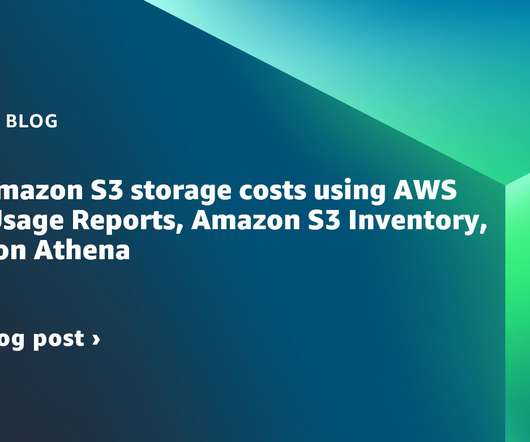CRM’s Have a Big Data Technical Debt Problem: Here’s How to Fix It
Smart Data Collective
JULY 27, 2021
Customer relationship management (CRM) platforms are very reliant on big data. As these platforms become more widely used, some of the data resources they depend on become more stretched. CRM providers need to find ways to address the technical debt problem they are facing through new big data initiatives.














Let's personalize your content